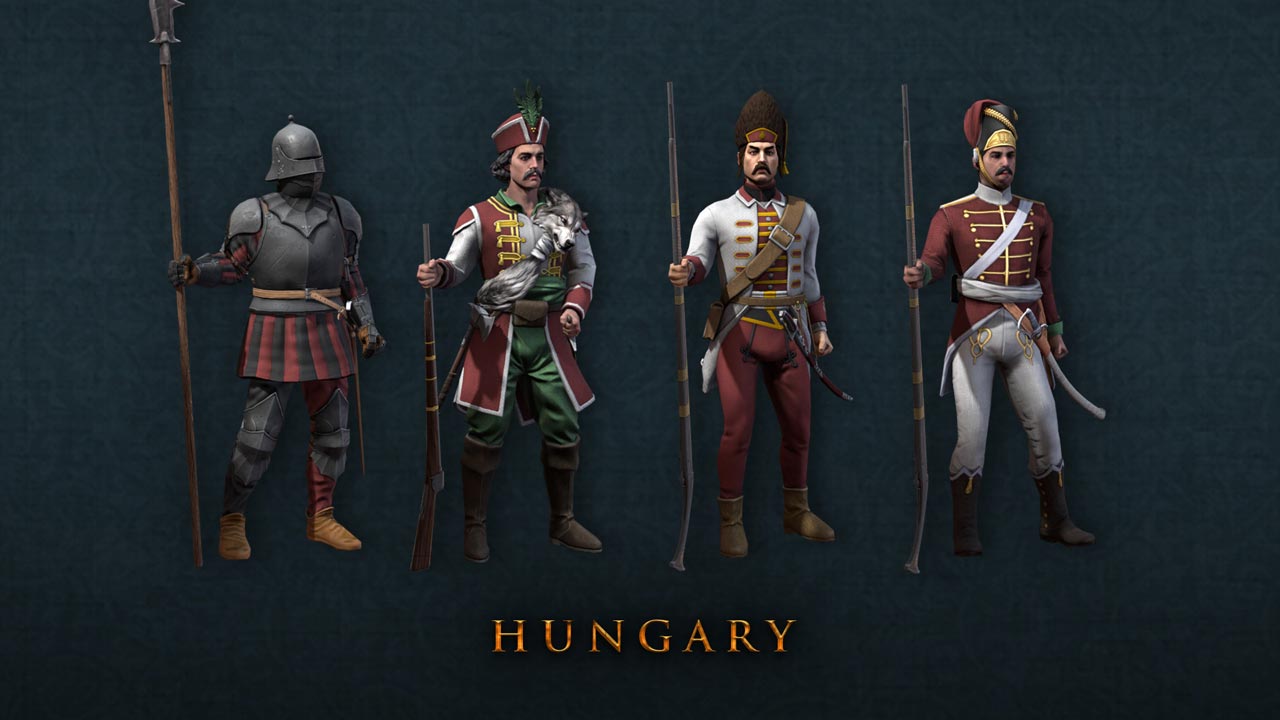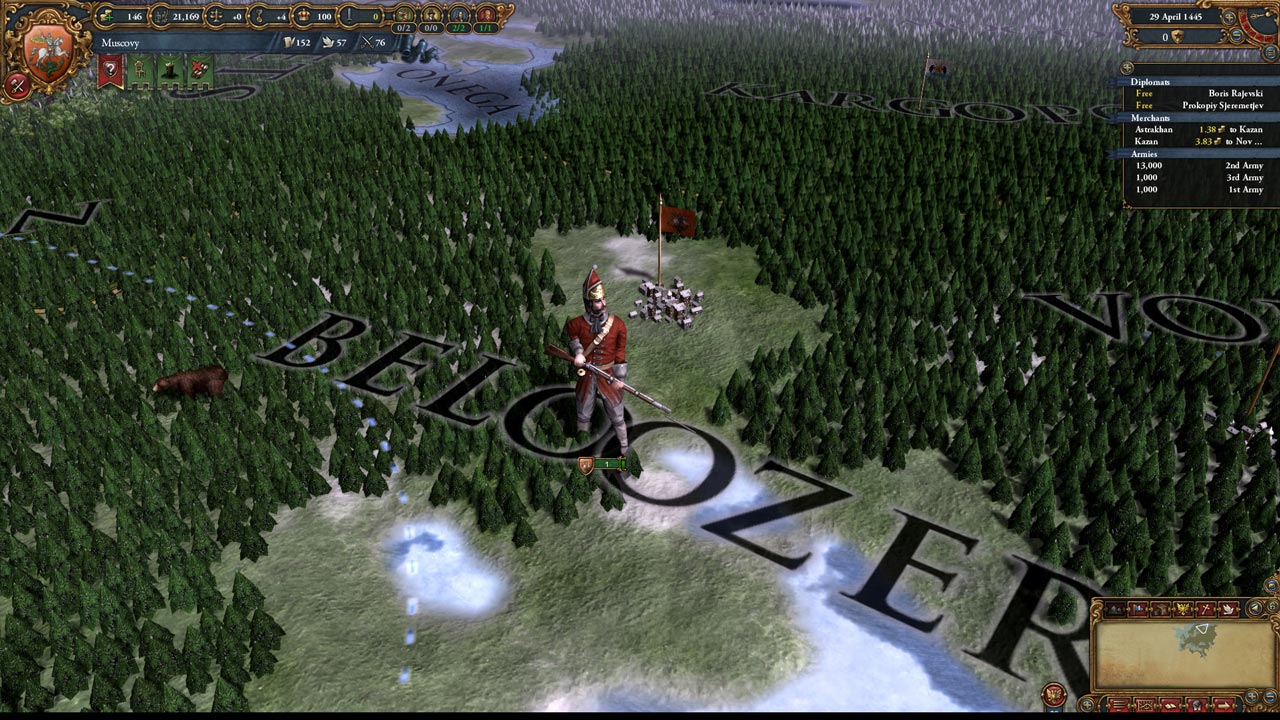


When resourced strapped, and with a minimal military presence, it was relatively easy to manipulate the markets to develop a dominant political position within the region. I actually found these new economic options helped me out best when I was playing a minor nation. Finally, it’s possible to establish an East India Trading company, and reap all of its benefits. There are now more opportunities to influence trade conflicts, and then use these conflicts as a pretext for invasion. It’s now possible to designate a port town as a trade capital and replicate the real-world scenario that many nations work with with separate trade and political capitals. To provide a laundry list of the additional major features of the Wealth of Nations expansion players are now able to endorse privateers to destabalise opponent’s trade lines.

With some experience, however, the way trade nodes and the flow of money around the game works becomes an oddly compelling experience, and with a couple of hundred hours logged in the game now, I must say that building trade empires appeals to me much more than replicating Napoleon’s military conquests, and as such Wealth of Nations has come at the perfect time. So Wealth of Nations is not an expansion that a new player needs to bother with. It’s also the one system that the EU tutorial fails to explain adequately. Now, with all the love I have for the Europa Universalis IV game and all its complex mechanics, the economic and trade systems that the game models are its Achilles heel they’re excessively abstracted and for newer players a complex mess.


 0 kommentar(er)
0 kommentar(er)
